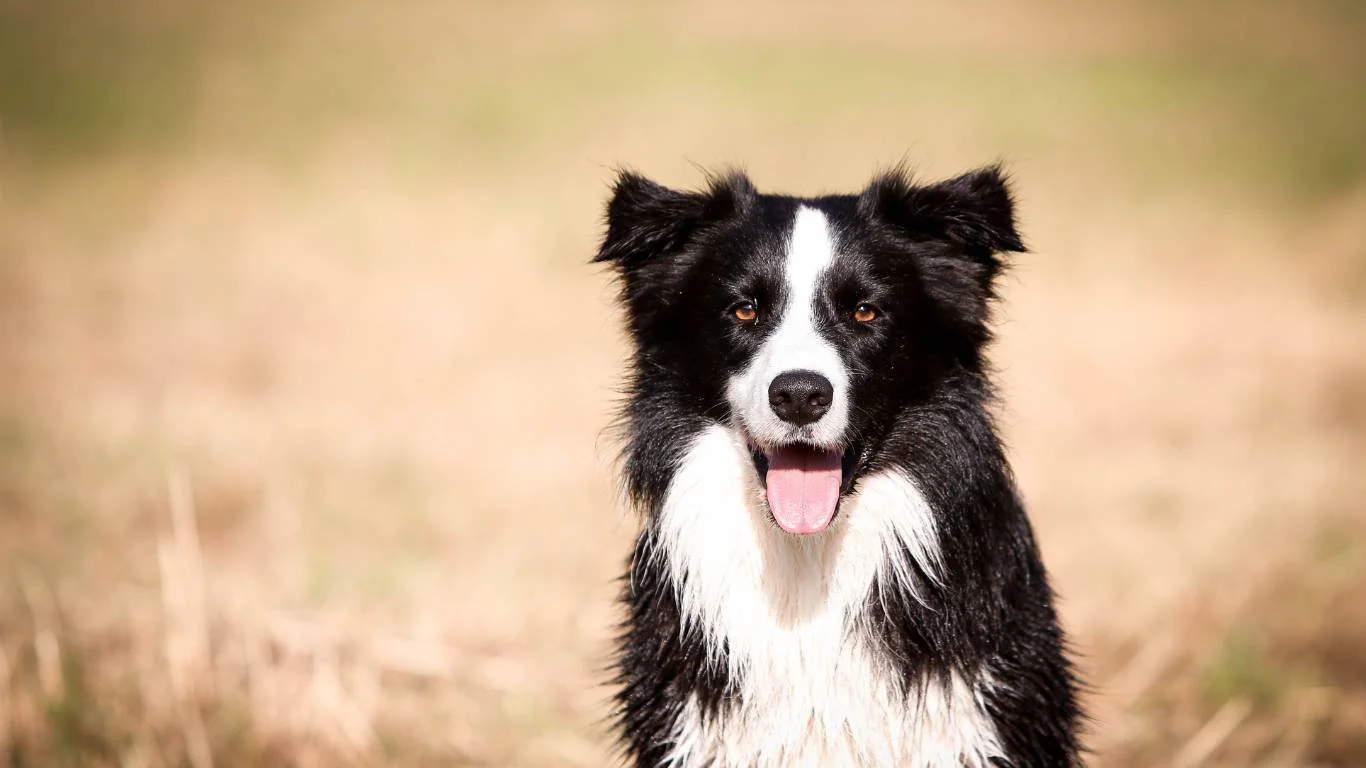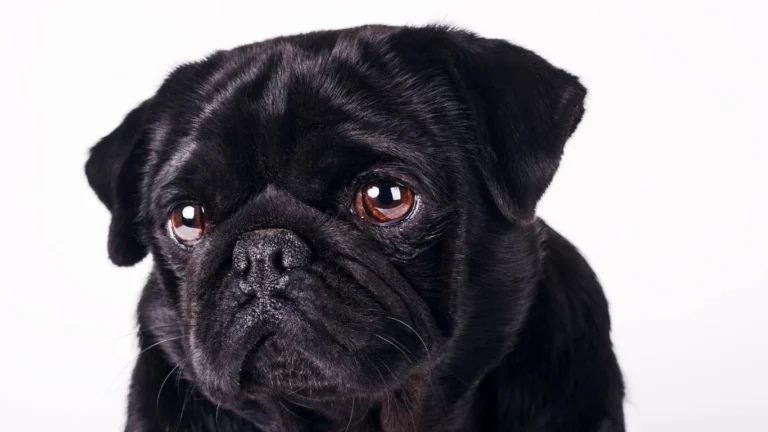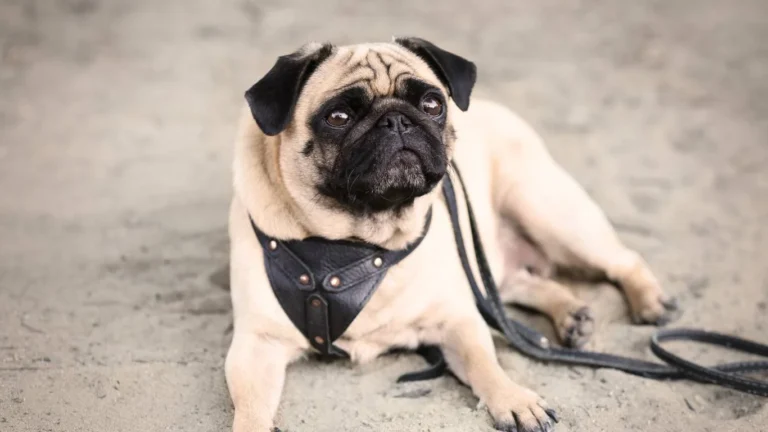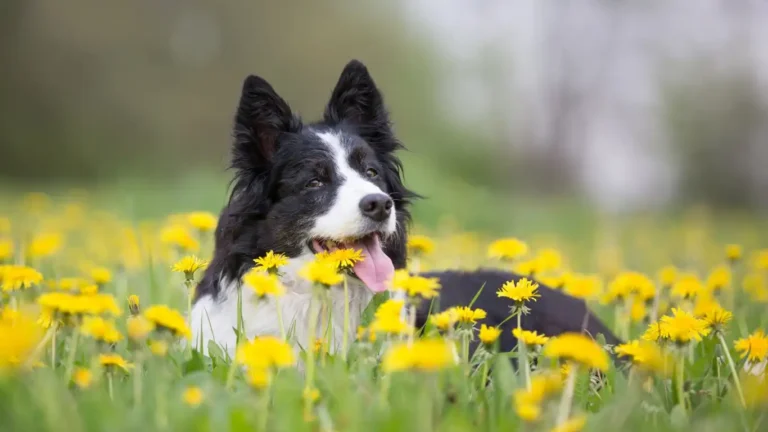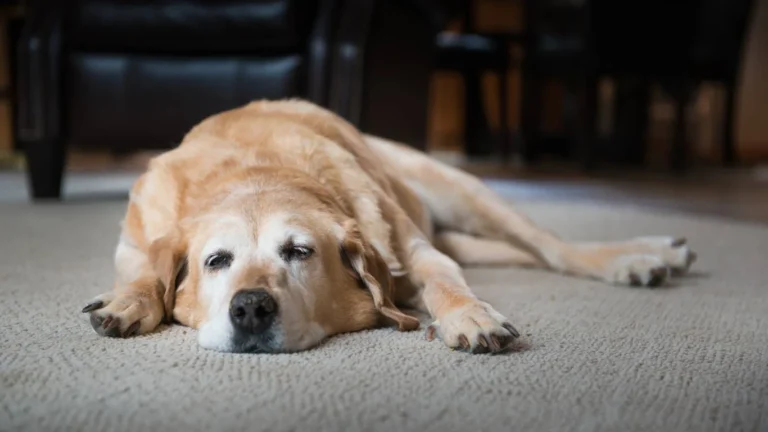Prevent & Treat Dry Nose in Dogs: Vet-Approved Tips for Healthy Noses
If you’ve ever noticed your dog’s nose looking dry, cracked, or rough, you might have wondered if it’s something to worry about. As a pet nutritionist and someone who’s spent years in veterinary clinics, I’ve seen this issue more times than I can count. A dry nose in dogs can be completely harmless, or it can signal an underlying health issue. So, how do you tell the difference? And more importantly, how do you prevent and treat dry nose in dogs? Let’s dive into it.
Why Do Dogs Get Dry Noses?
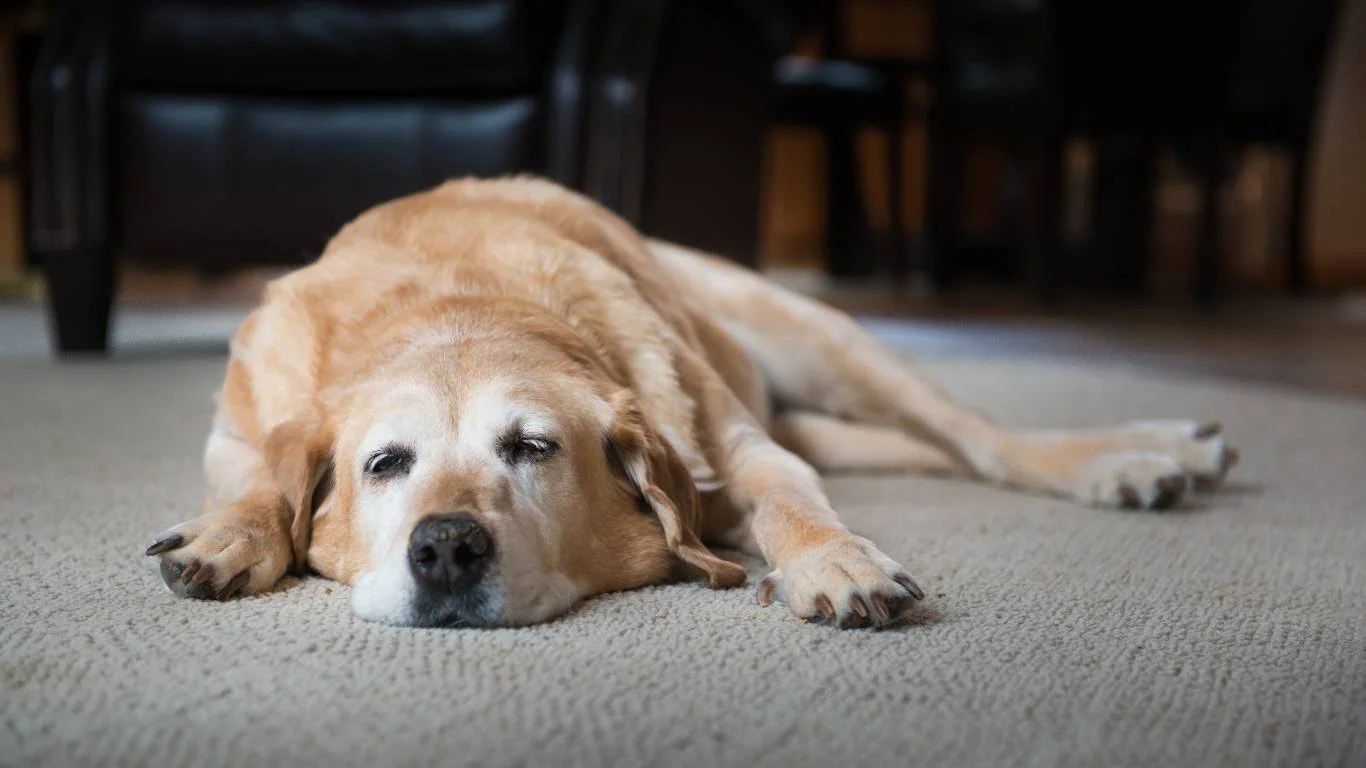
There’s a common myth that a dry nose automatically means a sick dog. That’s not always the case! There are plenty of normal reasons why your pup’s nose might feel drier than usual.
Common Causes of Dry Nose in Dogs
- Weather Conditions: Just like our skin dries out in winter, cold or dry air can leave your dog’s nose flaky and rough.
- Dehydration: Not drinking enough water can lead to a dry, chapped nose.
- Sleeping Habits: Dogs’ noses naturally dry out while they sleep because they aren’t licking them.
- Allergies: Environmental allergies, food sensitivities, or even plastic bowls can contribute to a dry nose.
- Sunburn: Yes, dogs can get sunburned, and their nose is one of the most exposed areas!
- Underlying Health Issues: Conditions like hyperkeratosis or autoimmune diseases can lead to persistent dryness and cracking.
When I worked in the clinic, I remember a Labrador named Max who came in with a nose so dry it had started to crack. His owner was worried it was something serious, but after ruling out any major health problems, we found out he had a mild allergy to his plastic food bowl! A simple switch to stainless steel, and his nose improved in just a few weeks.
How to Tell if a Dry Nose is a Problem

Okay, so now you know the common causes, but how can you tell if your dog’s dry nose is a sign of something more serious?
Signs You Shouldn’t Ignore
While an occasional dry nose is no big deal, certain symptoms should raise a red flag:
- Cracking and Bleeding: If your dog’s nose is so dry that it’s cracking, that’s a sign of irritation or even infection.
- Color Changes: A sudden change in nose color (like turning pale or completely losing pigment) can indicate an autoimmune issue.
- Swelling or Sores: If you notice swelling, blisters, or scabs, it’s time for a vet visit.
- Loss of Appetite or Energy: If a dry nose comes with other signs of illness, such as lethargy or not eating, it could be part of a bigger issue.
One of the most memorable cases I’ve seen was a French Bulldog named Bella. She had a dry, crusty nose that didn’t seem to improve with hydration or nose balms. After some tests, we discovered she had an autoimmune disorder called pemphigus. With the right treatment, her nose improved dramatically, but her case was a reminder that sometimes, a dry nose is more than just dryness.
Simple Home Remedies for a Dry Nose

Fortunately, if your pup’s dry nose isn’t linked to a serious health issue, there are plenty of easy ways to help.
Natural Moisturizers
- Coconut Oil: A tiny dab of coconut oil can soothe and moisturize a dry nose.
- Shea Butter: This gentle, natural butter is often used in dog nose balms.
- Aloe Vera: A dog-safe aloe gel can provide relief for dry, irritated skin.
- Vitamin E Oil: Helps repair cracked skin and restore moisture.
Hydration & Diet
Sometimes, a dry nose is simply a sign of mild dehydration. Make sure your pup is getting enough fresh water throughout the day. You can also add moisture-rich foods like bone broth or wet dog food to their diet.
In my experience, dogs on a diet lacking in essential fatty acids often have dry noses and skin. If your pup’s nose is frequently dry, consider adding omega-3 fatty acids (found in fish oil or flaxseed oil) to their diet. It can work wonders!
When to See a Vet for a Dry Nose
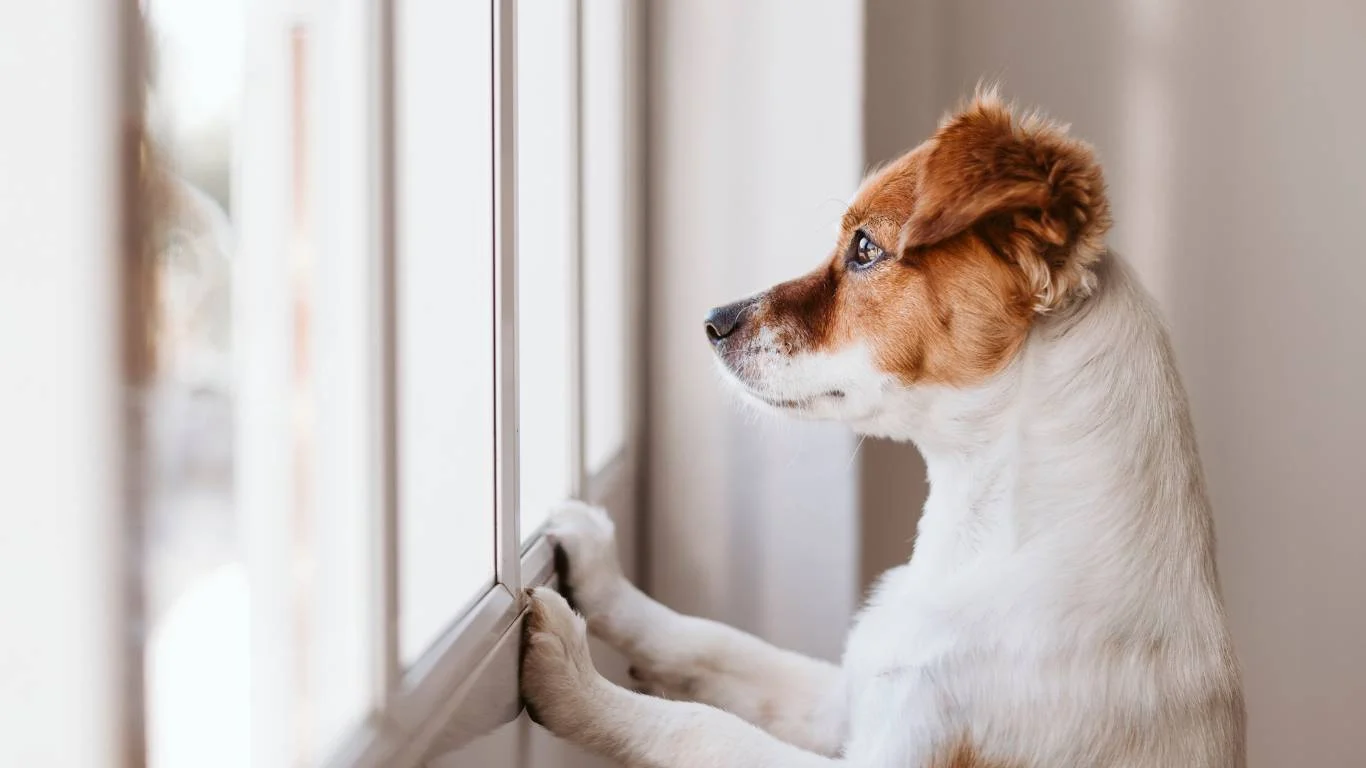
Most cases of a dry nose can be managed at home with simple remedies, but sometimes, it’s best to get a professional opinion. If your dog’s nose has been persistently dry for days despite your efforts, or if you notice other troubling symptoms, don’t wait it out—schedule a vet visit.
Warning Signs That Require Medical Attention
- Severe Cracking or Bleeding: If the nose is deeply cracked, bleeding, or forming scabs, it could indicate an infection.
- Thick, Crusty Build-up: Hyperkeratosis, a condition where excess keratin forms on the nose, often needs veterinary treatment.
- Unusual Lumps or Growths: Any strange bumps on the nose should be checked out, as they could be infections, cysts, or even tumors.
- Persistent Discoloration: A nose that suddenly turns pale, loses pigment, or becomes inflamed might signal an immune disorder.
- Nasal Discharge: If there’s thick, yellow, or green mucus, it could mean an infection or respiratory issue.
I once had a client bring in their Golden Retriever, Charlie, who had a persistently dry nose that started to crack and bleed. They thought it was just dry weather, but after some tests, we found out he had an autoimmune condition called discoid lupus erythematosus (DLE). With the right medication and care, his nose improved, but it was a reminder that sometimes a dry nose is more than just a small irritation.
Choosing the Right Nose Balm for Your Dog
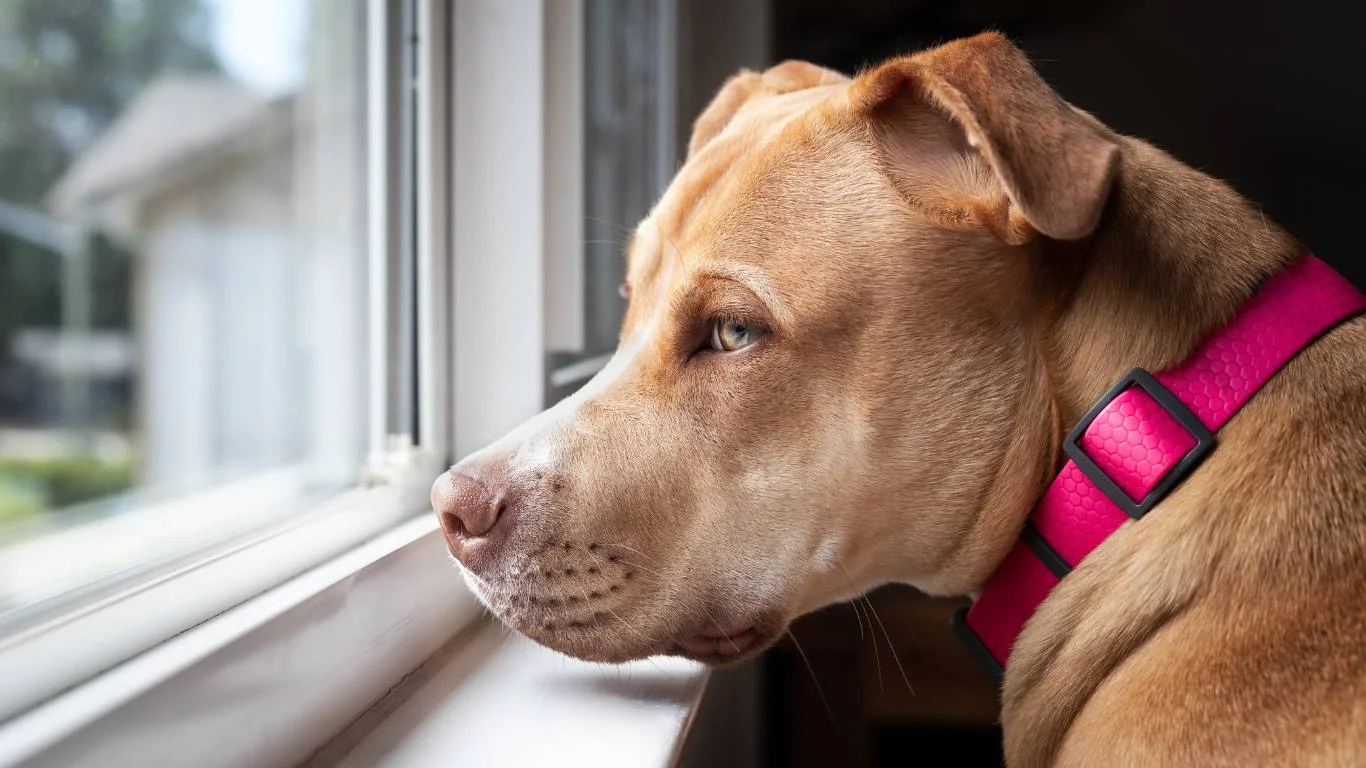
One of the easiest ways to keep your dog’s nose soft and healthy is by using a high-quality nose balm. But with so many products out there, how do you choose the right one?
What to Look for in a Dog Nose Balm
When shopping for a nose balm, look for these key ingredients:
- Natural Oils: Coconut oil, olive oil, and almond oil provide deep hydration.
- Shea Butter & Cocoa Butter: These natural butters help soften dry, rough skin.
- Beeswax: A protective layer to lock in moisture and prevent further dryness.
- Vitamin E: A powerful antioxidant that aids in skin healing.
Avoid Harmful Ingredients
Not all nose balms are created equal. Avoid products with:
- Artificial Fragrances: Can cause irritation and allergies.
- Petroleum Jelly: While it provides temporary relief, it doesn’t allow the skin to breathe.
- Essential Oils: Some essential oils (like tea tree and eucalyptus) can be toxic to dogs.
In my experience, dogs love to lick whatever we put on their noses, so choosing a safe, edible balm is key. I often recommend balms like Musher’s Secret or all-natural homemade options using coconut oil and beeswax.
Preventing Dry Nose in Dogs
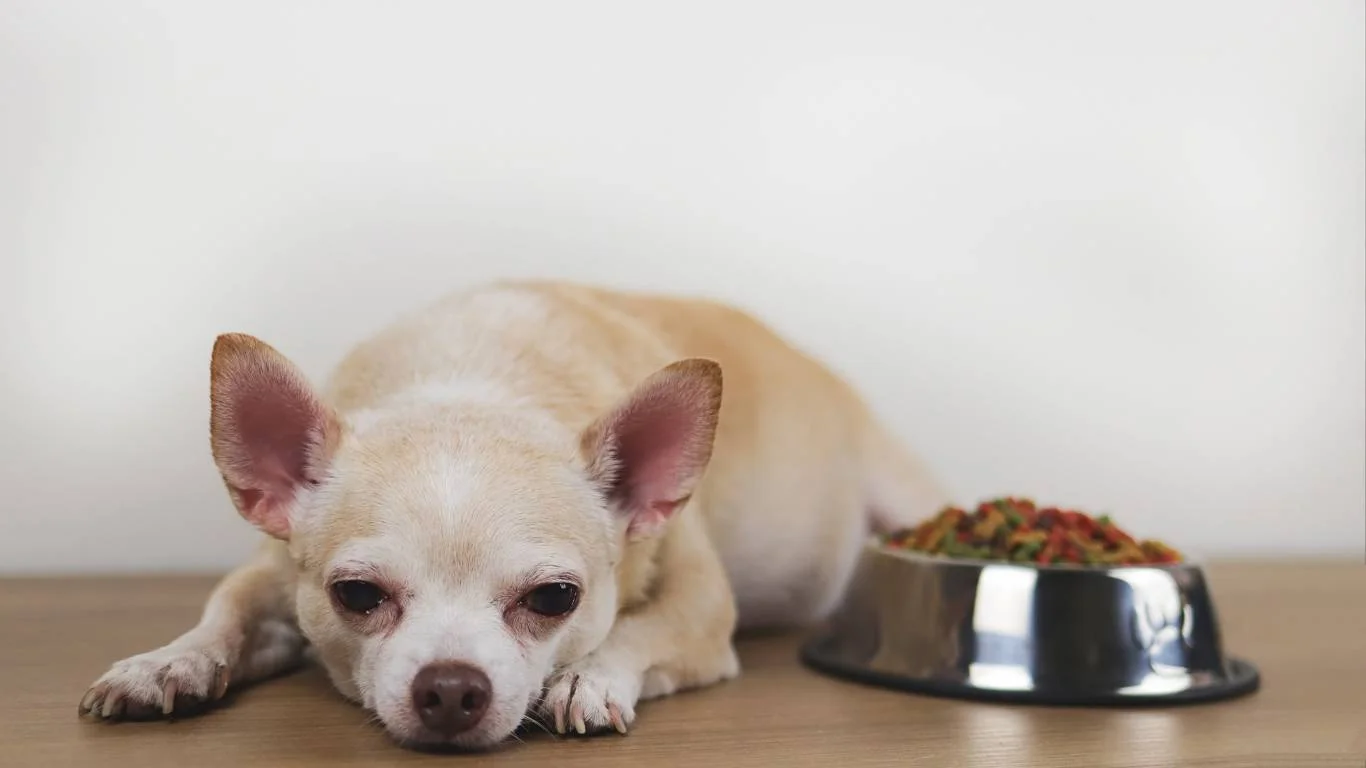
Prevention is always better than treatment! By making a few small changes to your dog’s routine, you can help keep their nose soft, moist, and healthy.
Tips to Prevent Dry Nose
- Keep Them Hydrated: Ensure your dog always has access to fresh water. A hydrated pup is less likely to have a dry nose.
- Use a Humidifier: If you live in a dry climate, adding moisture to the air can help prevent nose dryness.
- Protect Against the Sun: If your dog spends a lot of time outdoors, use a pet-safe sunscreen to prevent sunburn.
- Avoid Plastic Bowls: Switch to stainless steel or ceramic bowls to prevent allergic reactions.
- Regular Nose Balm Application: Applying a dog-friendly balm daily can help lock in moisture and prevent dryness.
- Balanced Diet: Feed your dog a diet rich in omega-3s and essential nutrients to support skin and nose health.
I had a client with a Boxer named Daisy who used to get a dry, cracked nose every winter. After we added a daily nose balm and a fish oil supplement to her diet, her nose stayed soft all year round. Sometimes, small changes make all the difference!
Case Studies & Real-Life Examples
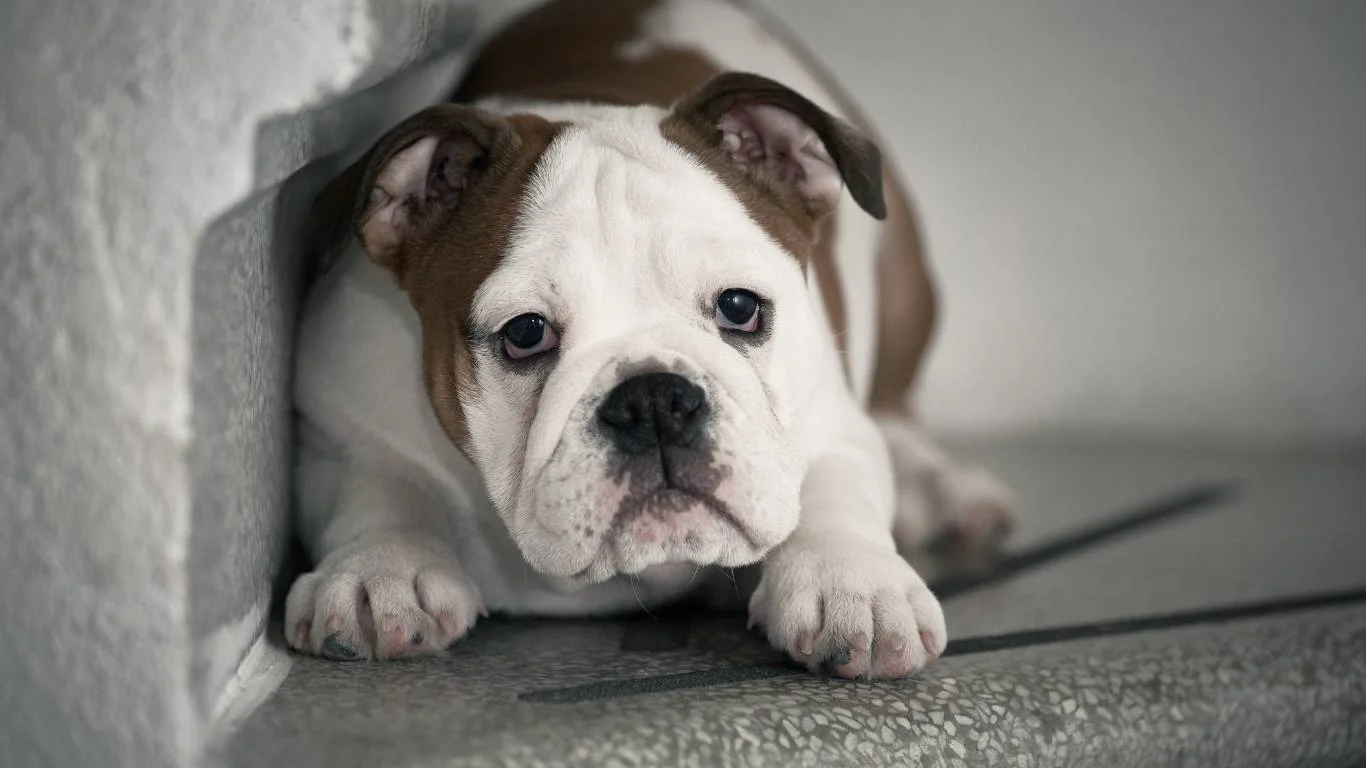
Let’s look at a few real-life cases of dogs with dry noses that I’ve encountered over the years. Sometimes, a little detective work is needed to find the right solution.
Case Study 1: Bella, the French Bulldog with Chronic Dry Nose
Bella was a three-year-old French Bulldog whose owner came to the clinic frustrated. No matter what they tried, her nose remained dry, crusty, and rough to the touch. After a full examination, we discovered she had nasal hyperkeratosis—a condition where excess keratin builds up, leading to a thick, cracked nose.
Solution: A combination of daily nose balm application, omega-3 supplements, and weekly gentle exfoliation using a damp cloth helped improve Bella’s nose within a month. Her owner was amazed at the transformation!
Case Study 2: Rocky, the Labrador with an Allergic Reaction
Rocky, a playful Labrador, developed a rough, peeling nose. His owner thought it was just dryness from the weather, but after some questioning, we realized he was drinking and eating from a plastic bowl.
Solution: Switching to a stainless steel bowl and applying coconut oil daily resolved his dry nose in just two weeks. This is a common issue I see with dogs that have plastic allergies.
Case Study 3: Luna, the Husky Who Loved the Sun
Luna was an active Husky who spent hours basking in the sun. Her owner noticed that her normally black nose was turning pink and flaky. This was a clear sign of sunburn.
Solution: We recommended using a dog-safe sunscreen before outdoor adventures. After a few weeks of avoiding direct sun exposure during peak hours, Luna’s nose regained its natural color and softness.
Key Takeaways: What You Need to Remember

Dealing with a dry nose in dogs doesn’t have to be complicated. Here are the key things to remember:
- A dry nose isn’t always a sign of illness. Factors like sleep, weather, and hydration can cause temporary dryness.
- Monitor for symptoms like cracking, bleeding, or discoloration. These may indicate an underlying health issue.
- Hydration and diet play a crucial role. Make sure your pup is drinking enough water and getting omega-3s.
- Avoid plastic bowls. Allergies to plastic are common and can cause nose irritation.
- Use nose balms and natural moisturizers. Look for dog-safe ingredients like coconut oil, shea butter, and vitamin E.
- Protect your dog’s nose from the sun. Dogs with lighter noses are especially vulnerable to sunburn.
FAQs
How often should I apply nose balm?
For mild dryness, applying a balm once a day is usually enough. If your dog has a severely dry or cracked nose, apply it 2-3 times a day until it improves.
Can I use Vaseline on my dog’s nose?
While Vaseline provides temporary relief, it’s not the best option. It can clog pores and isn’t safe if ingested in large amounts. Instead, use a dog-friendly balm with natural ingredients.
What if my dog’s nose is dry but not cracked?
If there’s no cracking or discomfort, a dry nose may simply be due to sleep, weather, or dehydration. Keep an eye on it and make sure your dog is drinking enough water.
Is a dog’s nose supposed to be wet all the time?
Not necessarily! While a moist nose is common, it’s normal for it to be dry at times—especially after sleeping.
Bonus: Additional Resources & DIY Tips
Want to make your own dog nose balm at home? Here’s a simple recipe you can try:
DIY Dog Nose Balm Recipe
- 2 tbsp coconut oil
- 1 tbsp shea butter
- 1 tbsp beeswax
- 1 tsp vitamin E oil
Instructions: Melt all ingredients in a double boiler, pour into a small container, and let it cool. Apply a tiny amount to your dog’s nose daily.
Appendix: References, Disclaimer & Call to Action
For more expert advice, check out these resources:
- American Kennel Club (AKC) – Canine health tips
- VCA Animal Hospitals – Veterinary care guides
- PetMD – Dog skin and nose care
Disclaimer: This article is for informational purposes only and does not replace professional veterinary advice. If your dog has persistent nose issues, consult a veterinarian.
Do you have a dry-nosed pup? Try these tips and let me know in the comments if they helped! If you found this guide useful, share it with fellow dog lovers to keep their furry friends happy and healthy.
